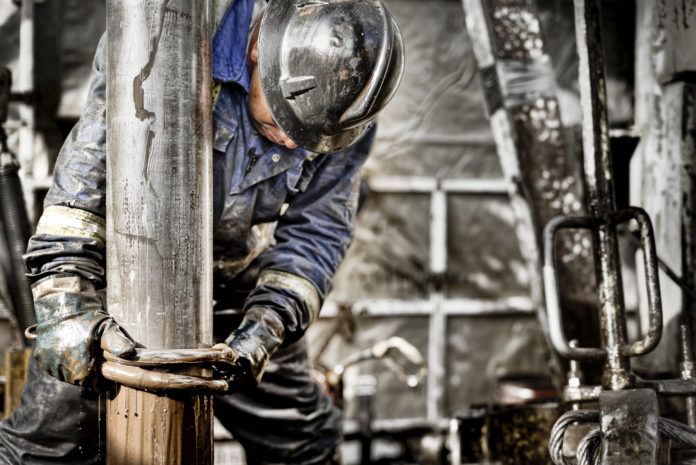Oil prices have inched back up in recent weeks, after plummeting to historic lows one month ago, suggesting a recovery in world oil prices is underway, according to economist David Dismukes, executive director of the LSU Center for Energy Studies.
Delivering the rare bit of good news in a virtual presentation to the Baton Rouge Rotary Club today, Dismukes noted that oil prices have recovered slightly to around $30 per barrel—after bottoming out in negative territory—thanks to an uptick in demand as commerce around the country gradually resumes.
Additional production cuts from OPEC+ nations—namely Saudi Arabia, which was flooding the market with excess oil at the height of the pandemic—have also helped stabilize price.
But there’s still a lot of uncertainty, months to go before the imbalance between supply and demand flips, and years—possibly until 2028, Dismukes says—before oil prices are again averaging around $50 per barrel.

“The good news is that the worst is likely behind us and a recovery seems to be underway,” Dismukes says. “The not-so-good news is there is still a lot of uncertainty and that clouds the speed of recovery.”
Overall, the U.S. energy industry is still healthy and leads the world in oil production at 17%, ahead of Russia and Saudi Arabia. It has also proved resilient in recent years, having rebounded strongly from 2014’s calamitous drop in prices.
But it won’t necessarily be as easy to recover this time, Dismukes says. After 2014, a lot of companies reduced their workforce, cut other expenses and increased production efficiencies. There may not be much fat left to eliminate this time around, he says.
What’s more, a lot of companies took on debt to survive the 2014 downturn. Some are still heavily leveraged and won’t be able to look to lenders for help in the difficult months ahead.
“(Debt levels) help underscore who the winners and losers may wind up being and who survives this challenge of making it through the end of the year in continuing to attract capital to sustain development and to survive as we move through the year.”
One of the factors that will influence the pace of the price recovery in the short term is the amount of available storage to hold the oversupply of crude. One reason crude futures fell below $0 in April is because storage capacity was forecast to run out.
That didn’t happen, Dismukes says, in part because demand began to increase slightly but also because the market has been creative about where to store crude.
“There has been a lot of entrepreneurship and creativity,” he says. “If we can hold out until August before filling up all these tanks, the likelihood of us coming out of this is much, much better.
Other key takeaways:
• A clear recovery is underway, but a critical point will be sustained prices of $35 per barrel, which is still months away.
• Companies that are not heavily leveraged will fare better than others.
• The petrochemical industry of the future will have fewer companies, more concentration, lower overall production levels, and, likely, lower employment levels.
• The speed and strength of the recovery will dictate where energy prices ultimately land. “But the new normal of oil below $50 a barrel is likely to exist for some time,” Dismukes says.



